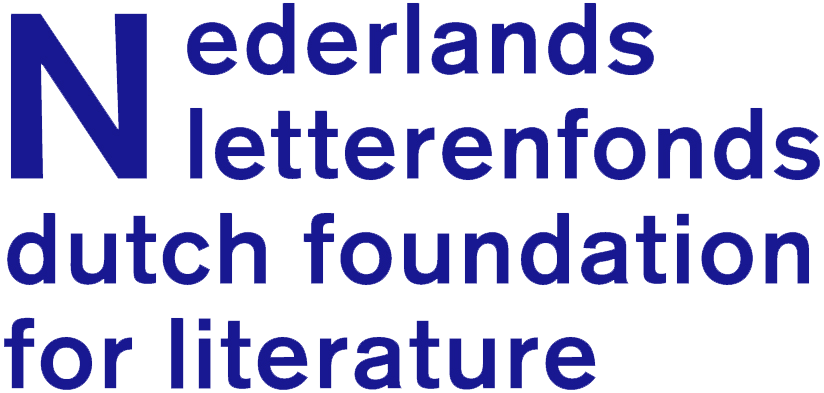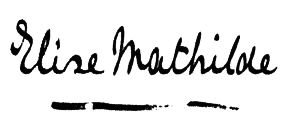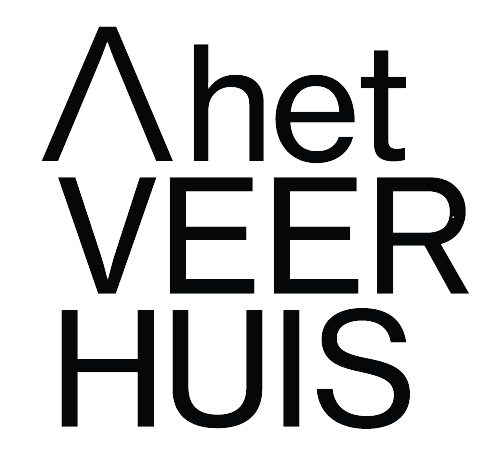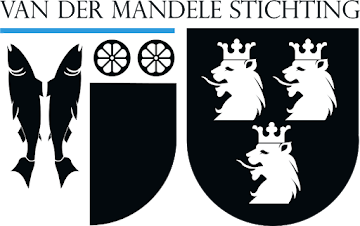Luljeta Lleshanaku
CHILDREN OF MORALITY
It was the Europeans who taught indigenous people shame,
beginning with the covering up of intimate parts.
Other civilizations were luckier.
Morality was handed to them ready-made from above, inscribed on stone tablets.
Where I grew up, morality had a form, body, and name:
Cain, unremorseful Mary Magdalene, Ruth, Delilah, and Rachel.
Morality was easily pointed at by a seven-year-old’s ink-stained finger.
Perfect examples of vice or virtue where time lays its eggs on a
swamp.
And so I received the first lessons in morality without chewing them like
cough syrup; other things happened more abstractly and under a chaste roof.
And strangely, even the second generation didn’t disappoint: their descendants became
another Cain, another Ruth, another Mary Magdalene who never grew up.
Clichés were simultaneously risky and protective for them,
like trying to use dry snow to make an igloo.
Now I know so much more about morality.
In fact, I actually could be a moralist,
pointing my index finger out as a rhetorical gesture.
But without referring to anyone. Where did everyone go?
A door opened by accident.
Light broke through by force
and, as in a dark room,
erased their silver bromide portraits which were once flesh and bone.
From: Negative Space
Publisher: New Direction Books, United Kingdom, 2018
KINDEREN VAN DE MORAAL
De Europeanen waren de eersten die vreemde volken schaamte bijbrachten
– om te beginnen door ze hun intieme delen te laten bedekken.
Andere volken hadden meer geluk:
zij ontvingen de moraal van boven,
geschreven op stenen tafelen.
Waar ik opgroeide, had de moraal een vorm, een lichaam en een naam:
zoals Kaïn, de zondige Maria Magdalena, Ruth, Delila of Rachel.
Met een in verf gedoopte vinger van een zevenjarige was de moraal makkelijk aan te wijzen,
volmaakte voorbeelden van deugden en ondeugden,
waar de tijd in een moeras zijn eieren legt.
Daarom nam ik mijn eerste lessen in moraal,
als hoestsiroop tot me, zonder te kauwen;
al het andere was meer abstract,
onder een deugdzaam, bescheiden dak.
En wonderlijk genoeg werden ze in het tweede geslacht niet teleurgesteld:
hun nakomelingen
waren een andere Kaïn, een andere Ruth en een andere Maria Magdalena,
die niet opgroeiden; elk cliché is voor hen een bedreiging en een bescherming tegelijk,
als droge sneeuw voor een Eskimo die zijn iglo bouwt.
Tegenwoordig weet ik van moraal veel meer, men zou mij zelfs een moraalridder kunnen noemen,
met een hoog en retorisch opgestoken wijsvinger,
maar zonder naar iets of iemand te verwijzen. Wat is er met iedereen gebeurd?
Er ging per ongeluk een deur open, het licht drong scherp naar binnen
en het was alsof in een donkere kamer
de in zilverbromide vastgelegde portretten van al die mensen,
ooit schepsels van vlees en bloed, in het niets oplosten.
FËMIJËT E MORALIT
Ishin europianët të parët që u mësuan indigjenëve turpin,
duke filluar nga mbulimi i pjesëve intime.
Popuj të tjerë kanë qenë më me fat:
morali u ka ardhur i gatshëm nga lart,
i shkruar në pllaka guri.
Atje ku unë jam rritur, morali kishte formë, trup dhe emër:
një Kain, një Maria Magdalenë e papenduar, një Ruth, Dalilë e Rashelë.
Morali tregohej lehtësisht me gishtin me bojë të një shtatëvjeçari,
shembuj të përkryer vesi e virtyti,
atje ku koha i lëshon vezët mbi moçal.
Kështu, pra, mësimet e para të moralit i mora pa i përtypur,
si shurup për kollë;
çdo gjë tjetër ishte më abstrakte,
nën një çati të përkorë.
Dhe çuditërisht ata s’të zhgënjenin as në brezninë e dytë:
pasardhësit e tyre
ishin një tjetër Kain, një tjetër Ruth, një tjetër Maria Magdalenë,
që nuk rriteshin; klisheja ishte njëkohësisht rreziku dhe mbrojtja për ta,
si dëbora e thatë për igloot eskimeze.
Tani di shumë më tepër për moralin, madje mund të jem një moraliste,
me gishtin tregues si pjesë të retorikës,
por pa referencë. Ç’u bë me ta?
Një derë u hap pa dashje, drita çau me forcë
dhe si në një laborator filmi,
ajo shkërmoqi portretet e tyre në bromid argjendi,
që dikur mund të kenë qenë prej mishi dhe kocke.
From: Negative Space
Publisher: New Direction Books, United Kingdom
CHILDREN OF MORALITY
It was the Europeans who taught indigenous people shame,
beginning with the covering up of intimate parts.
Other civilizations were luckier.
Morality was handed to them ready-made from above, inscribed on stone tablets.
Where I grew up, morality had a form, body, and name:
Cain, unremorseful Mary Magdalene, Ruth, Delilah, and Rachel.
Morality was easily pointed at by a seven-year-old’s ink-stained finger.
Perfect examples of vice or virtue where time lays its eggs on a
swamp.
And so I received the first lessons in morality without chewing them like
cough syrup; other things happened more abstractly and under a chaste roof.
And strangely, even the second generation didn’t disappoint: their descendants became
another Cain, another Ruth, another Mary Magdalene who never grew up.
Clichés were simultaneously risky and protective for them,
like trying to use dry snow to make an igloo.
Now I know so much more about morality.
In fact, I actually could be a moralist,
pointing my index finger out as a rhetorical gesture.
But without referring to anyone. Where did everyone go?
A door opened by accident.
Light broke through by force
and, as in a dark room,
erased their silver bromide portraits which were once flesh and bone.
From: Negative Space
Publisher: 2018, New Direction Books, United Kingdom
CHILDREN OF MORALITY
It was the Europeans who taught indigenous people shame,
beginning with the covering up of intimate parts.
Other civilizations were luckier.
Morality was handed to them ready-made from above, inscribed on stone tablets.
Where I grew up, morality had a form, body, and name:
Cain, unremorseful Mary Magdalene, Ruth, Delilah, and Rachel.
Morality was easily pointed at by a seven-year-old’s ink-stained finger.
Perfect examples of vice or virtue where time lays its eggs on a
swamp.
And so I received the first lessons in morality without chewing them like
cough syrup; other things happened more abstractly and under a chaste roof.
And strangely, even the second generation didn’t disappoint: their descendants became
another Cain, another Ruth, another Mary Magdalene who never grew up.
Clichés were simultaneously risky and protective for them,
like trying to use dry snow to make an igloo.
Now I know so much more about morality.
In fact, I actually could be a moralist,
pointing my index finger out as a rhetorical gesture.
But without referring to anyone. Where did everyone go?
A door opened by accident.
Light broke through by force
and, as in a dark room,
erased their silver bromide portraits which were once flesh and bone.
From: Negative Space
Publisher: 2018, New Direction Books, United Kingdom
Sponsors
















_w336.jpg)